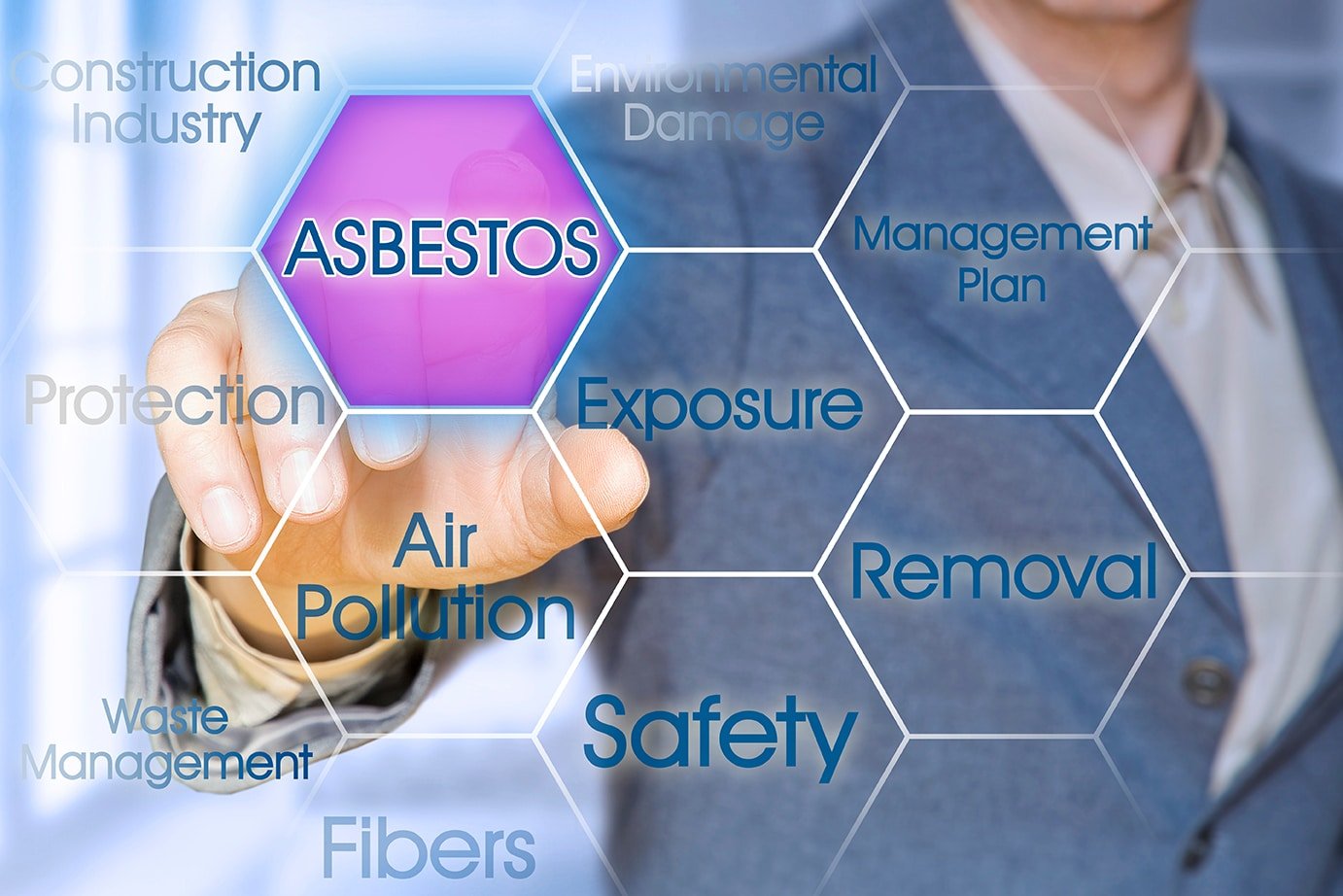Asbestos surveys are critical to maintaining a safe and healthy environment in healthcare facilities. The potential presence of asbestos in older buildings poses significant risks to staff and patients. Asbestos, once commonly used in construction materials due to its heat resistance and durability, has since been identified as hazardous. When disturbed, asbestos fibers can become airborne, causing serious health issues such as lung cancer, asbestosis, and mesothelioma. In healthcare environments, where individuals may already have compromised immune systems or respiratory conditions, ensuring that asbestos is properly managed becomes even more important. We will explore the importance of Supernova Asbestos Surveys in healthcare facilities, their role in patient and staff safety, and the steps involved in conducting a thorough survey.
The Importance of Asbestos Surveys for Healthcare Facilities
Healthcare facilities, including hospitals, clinics, and nursing homes, often have older infrastructure. These buildings were frequently constructed before the 1980s when asbestos was commonly used in insulation, roofing, flooring, and fireproofing. Over time, the dangers associated with asbestos became clear, and its use was severely restricted in many countries. However, existing buildings that contain asbestos may still present a risk if the materials are disturbed during renovations, maintenance, or repairs.
Asbestos fibers, when inhaled, can cause serious long-term health conditions. The risk is amplified in a healthcare setting where individuals may already be dealing with respiratory issues. As a result, performing an asbestos survey is a proactive measure to protect patients and healthcare staff from exposure to these dangerous fibers. An asbestos survey helps identify the presence, condition, and location of asbestos-containing materials, enabling healthcare administrators to take necessary precautions to minimize risk.
The Role of an Asbestos Survey in Ensuring Safety
An asbestos survey is a regulatory requirement and an essential part of risk management. It is designed to evaluate the safety of a building by detecting any asbestos-containing materials that might pose a risk of exposure. Trained professionals typically conduct surveys to identify asbestos, assess its condition, and recommend safe management practices.
In healthcare facilities, where patient safety is a top priority, the role of an asbestos survey becomes even more critical. Healthcare settings are high-traffic areas where construction work is common, and improper handling of asbestos materials during maintenance or renovation can lead to dangerous airborne fibers. By identifying these materials beforehand, an asbestos survey allows healthcare facilities to take necessary steps to prevent exposure, such as sealing materials, conducting removal procedures, or implementing proper containment during renovation.
Types of Asbestos Surveys and Their Application in Healthcare Facilities
There are two main types of asbestos surveys: management surveys and demolition/refurbishment surveys. Each serves a specific purpose, depending on the situation in the healthcare facility.
- Management Surveys: These surveys are typically conducted in occupied buildings to assess the current condition of asbestos-containing materials. Management surveys are crucial for daily operations in healthcare facilities, especially if the building is continuously in use. The survey helps determine if any asbestos materials are at risk of being disturbed and require action to ensure they remain safe.
- Demolition or Refurbishment Surveys: These surveys are carried out when major renovation or demolition work is planned. Healthcare facilities often undergo periodic updates and renovations, so conducting a thorough asbestos survey is essential to identify and safely remove asbestos materials before work begins. These surveys are more invasive and may involve sampling materials, which are then analyzed in a laboratory to confirm the presence of asbestos fibers.
Both surveys play an integral role in maintaining a safe environment in healthcare facilities, addressing both immediate and long-term risks associated with asbestos.
How Asbestos Surveys Contribute to Compliance and Regulation Adherence
Asbestos surveys are often required by law, particularly in buildings constructed before the late 20th century. Compliance with regulations regarding asbestos management is not just a legal obligation but also an ethical responsibility to ensure the safety of patients and staff. In many regions, the law mandates that healthcare facilities conduct regular asbestos surveys to assess potential risks associated with asbestos-containing materials.
Regulations such as the Health and Safety at Work Act, the Control of Asbestos Regulations, and other local laws ensure that healthcare facilities maintain safe environments. These laws require facility managers to assess and manage asbestos risks through detailed surveys and proper reporting. Failure to comply can lead to significant fines legal action, and, more importantly, endanger the health of patients and staff. Thus, regular asbestos surveys ensure that healthcare facilities meet legal requirements while providing a safe environment.
Asbestos surveys are vital to ensuring the safety and well-being of patients and healthcare workers. Healthcare facilities, often situated in older buildings, must take proactive measures to identify and manage asbestos risks. Regular surveys help mitigate the dangers of asbestos exposure and contribute to regulatory compliance, ultimately fostering a safer environment. By conducting thorough asbestos surveys, healthcare facilities can protect their patients, staff, and visitors from the potential health hazards of asbestos, ensuring that safety remains a top priority in facility management.

